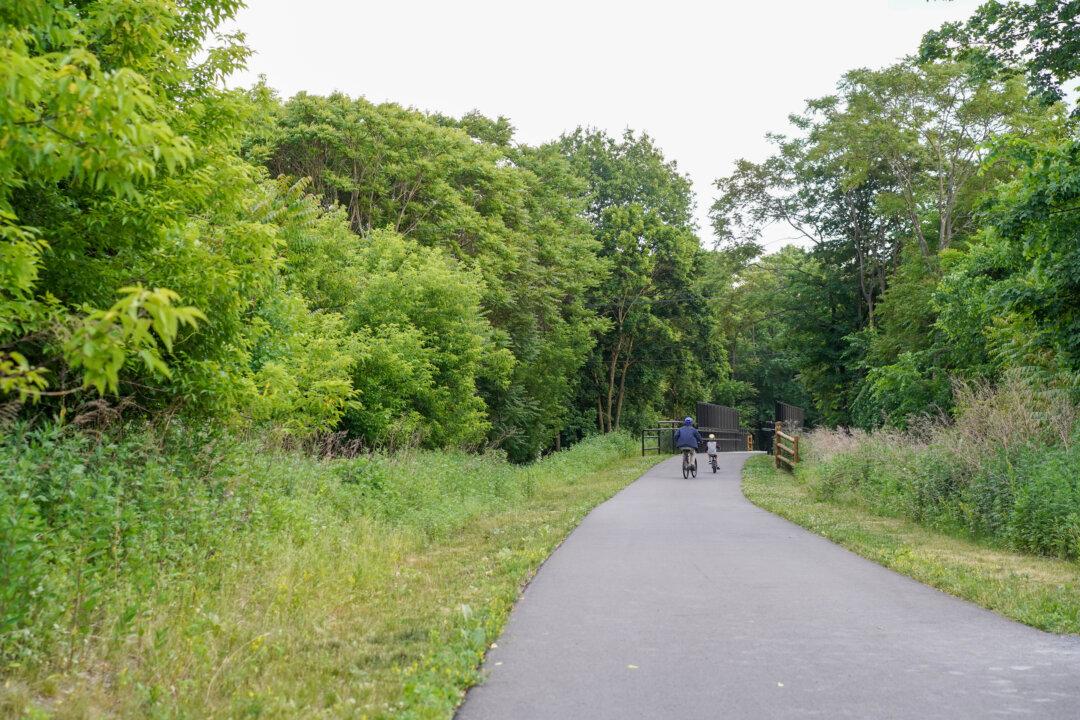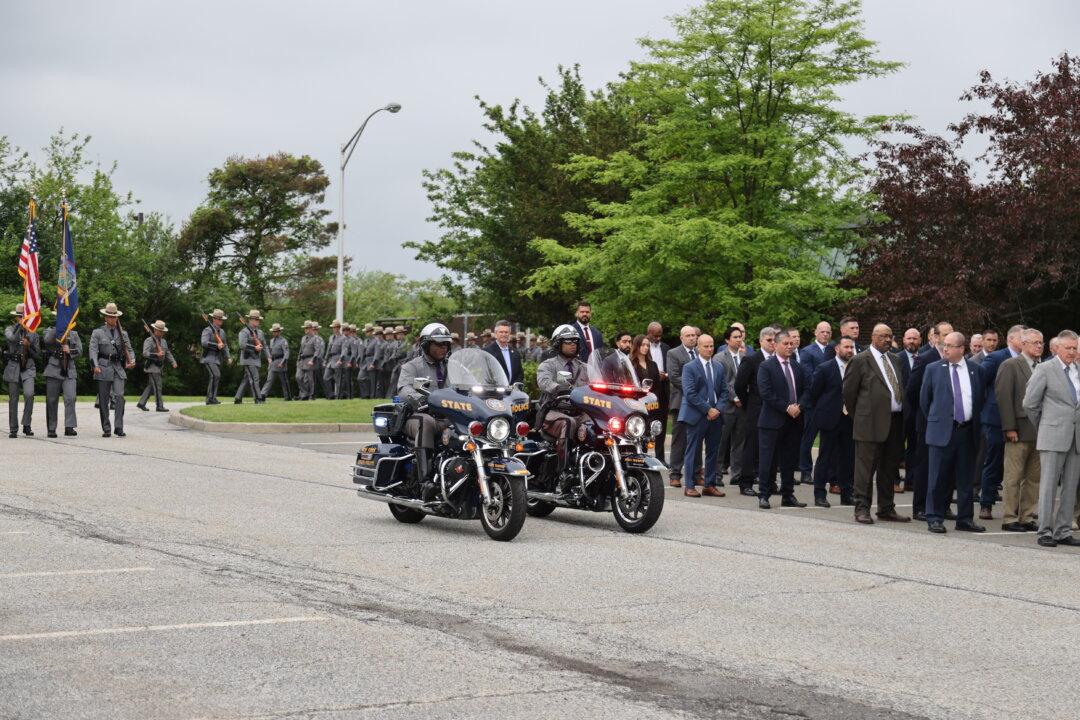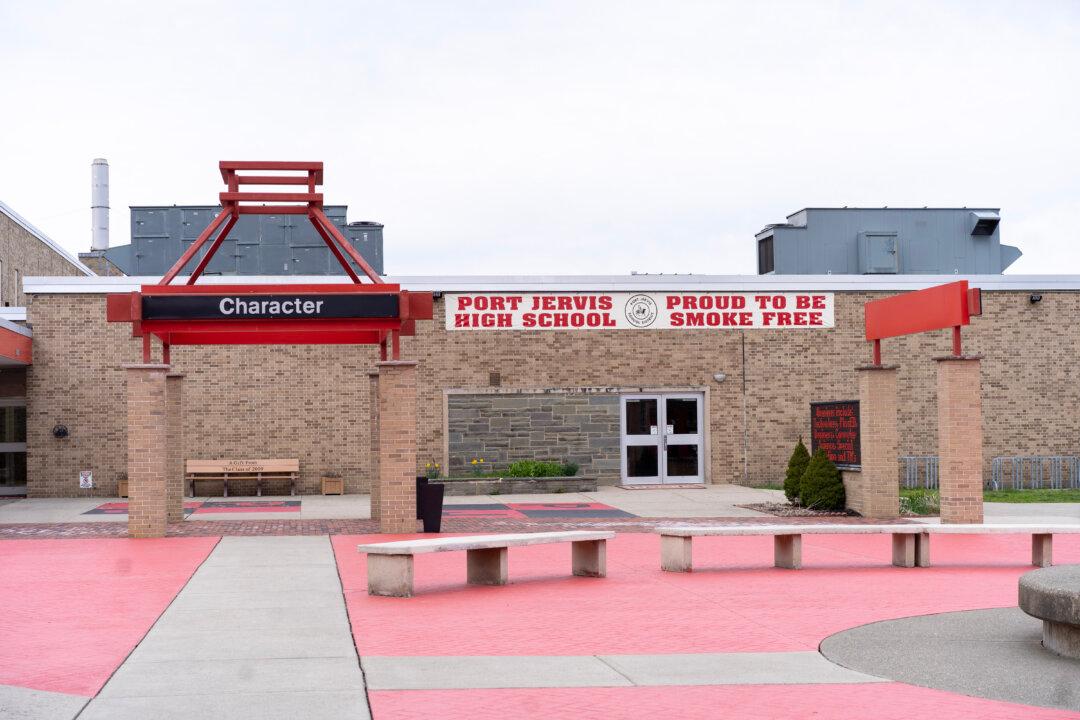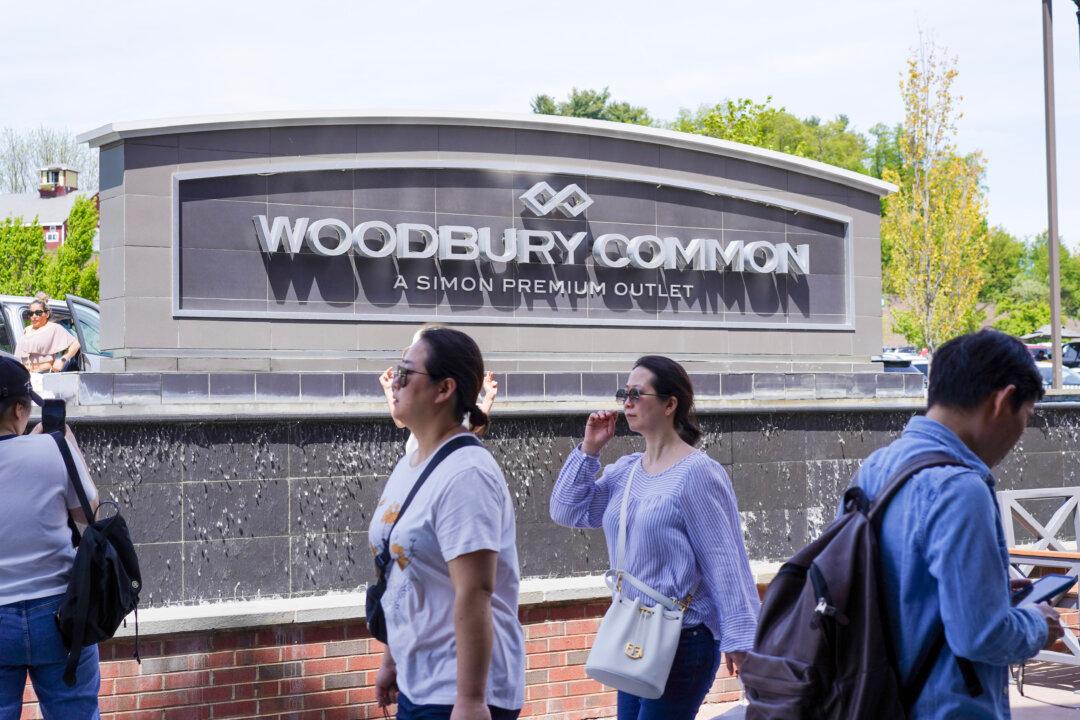The Orange County, New York, Legislature on Dec. 7 adopted a countywide bikeway vision to be added to its comprehensive plan.
The vision describes a 65-mile bikeway consisting of seven primary trails throughout the county, connecting town centers, scenic destinations, and transit stations.





